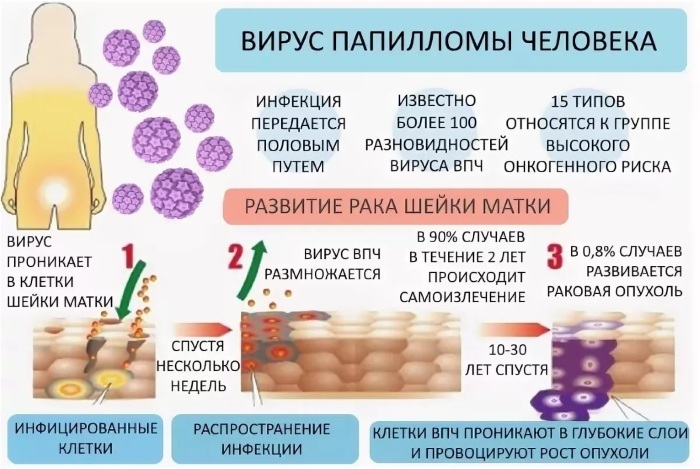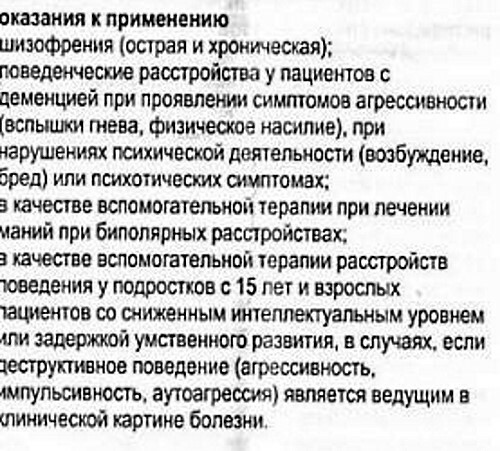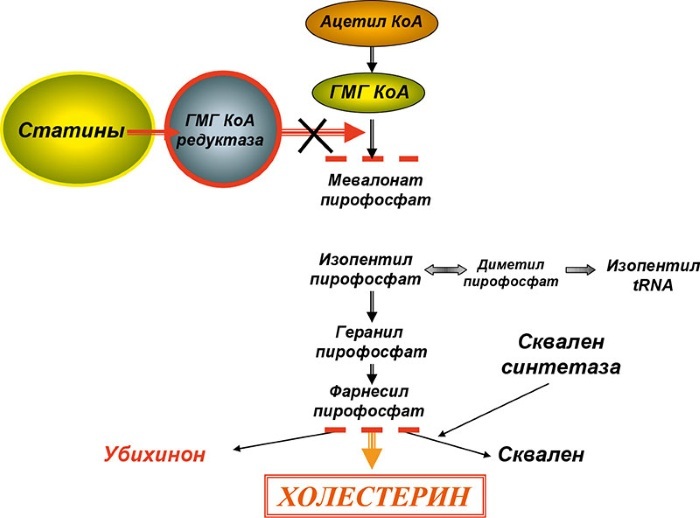Severe pain with sciatica caused by irritation of the spinal nerves, especially the sciatic nerve. This can be caused by lesions of the spine as a result of excessive stress.
The disease occurs in 25-30% of cases with back pain of different origin and occurs predominantly in young and middle-aged people (25-45 s), because at this age there is the greatest load on the spine due to some professional features and peaks of activity person.

What it is?
Sciatica - a disorder affecting the sciatic nerve causes pain in the lumbar region, which affects the buttocks, the back of the foot, lower leg. With this disease, pain dramatically and suddenly develops. Usually its appearance provokes a sudden movement, lifting weights, a long presence in an uncomfortable position.
sciatica syndrome can manifest itself in different kinds of unpleasant sensations - growing, burning, aching pain, feeling of heat or coldness in the affected area.
The causes of disease development
The main causes of sciatica - awkward movement or lifting too heavy objects. However, provoke such a violation can also:
- constant stress and depression;
- herniated spinal disc;
- heavy physical work or certain types of sports;
- after thirty years of age;
- deforming osteoarthritis;
- incorrect posture as a result of pregnancy or weight loss, which lowers the center of gravity of the body.
Depending on what led to the development of such a violation, identify the following categories of sciatica:
- neuropathic at which pain develops due to compression of the nerve roots;
- musculo-skeletal, which is based on abnormalities of the musculoskeletal system, in particular - of the spine and lower limbs. Furthermore, to the same category relates discogenic sciatica and Hamstring syndrome;
- Mixed - here are a combination of pathologies of different anatomical structures and the combination of various anomalies of the lower limb based on a heterogeneous process;
- angiopathic - in this case, pain appears because of the destruction of the blood vessels of the lower extremities.
The presence of any form of sciatica requires mandatory conduct of clinical, instrumental and laboratory tests. Such studies are needed to identify pathologies of blood vessels located in the legs and abdomen.
Moreover, the possible causes of the disease may be a violation functionality pelvic and abdominal cavity, which can also be detected by the studies described above.
Pathogenesis
The pathogenesis of sciatica is directly related to the cause that provoked it. For example, the piriformis muscle syndrome usually occurs in osteochondrosis, wherein the area of the damaged intervertebral disc becomes a source of pathological pulses. In this case, the patient's nervous system perceives these impulses as pain and is doing everything possible to fix the problem by increasing the muscle tone or immobilization of the affected area. Muscle tension extends beyond the source of pain, affecting the piriformis muscle and the sciatic nerve. Due to the contraction of the muscles occurs nerve compression and pain.
The cause of sciatica can also become an intervertebral hernia, pathological processes in which leads to narrowing of the lumen of the channel of the spine. This further leads to compression and inflammation of the sciatic nerve. As a result, motor and sensory nerve fibers are stimulated, which provokes pain syndrome. Pain also appears as a result of severe herniation or its complications.

Classification
There are several classifications of disease.
distinguish:
- acute sciatica (primarily occurring pain);
- chronic lumbago with sciatica (acute phase are replaced by remissions).
Due to the occurrence of sciatica differentiate into types:
- Vertebrogenic or vertebral (spine diseases associated with)
including:
- discogenic (due to a herniated disc);
- spondylogenic (occurs due to degenerative disc disease of the spine).
- nevertebrogennaya,
including:
- angiopathic (shown in lesions of the lower limbs and a waist belt vessels);
- myofascial (observed in diseases of the muscle and fascia);
- sciatica in lesions of peritoneal organs;
- of lumbago with sciatica on the background of hip pathologies.
According to the extent of sciatica pain may be:
- sided - radiating to one limb, more pronounced on one side of the waist on the left or right);
- sided (bilateral) - appears on both sides of the spine, often given in both limbs.
symptoms of sciatica
When sciatica is characterized by the following lumbar and lower extremity symptoms:
- motion in the lumbar sharply limited,
- the occurrence of back pain, which is given to one or less in both legs,
- the patient is forced to take a special position - bent forward and leaning,
- pain aggravated by a change in body position,
- along the nerve can be feeling of itching, burning, heat, or conversely, sharp coldness,
- in leg pain tested on the buttocks, back-outer surface of the thigh, knee and calf muscle partially,
- attempts to traffic and full stepping on the foot causes a sharp pain that is burning in nature, growing and aching,
- pains become stronger upon cooling, colds, exacerbation of chronic diseases, fatigue after strenuous exercise,
- skin sore feet usually has a pale complexion, may have a marble color, cool to the touch
Sciatica usually occur on vone progressive degenerative disc disease. In acute sciatica, these phenomena are expressed strongly and sharply, the chronic course may appear periods - from activation and attenuation waves.
Diagnostics
If a patient is suffering pain in the lumbar region, and the discomfort extends to the foot, it is imperative to go to the reception to the neurologist. For proper diagnosis, as well as the exclusion of other pathologies, the following studies will be conducted:
- Test Lasegue. The patient lies on his back. The doctor asks him to lift his leg. The doctor then pulls the patient's foot. If the infringement of sciatic nerve patient will feel discomfort gain.
- General examination and investigation of patient complaints. The event is aimed at excluding alarms that characterize such diseases as spinal infection, oncology.
- Magnetic resonance or computed tomography. Detailed and accurate study of the violations that occurred in the hip joint.
- X-ray of the spine. The event provides an opportunity to identify various disease ODA.
- Blood tests. They define autoimmunity and inflammatory reactions in the body.
- Densitometry. This type of diagnosis determines the bone density and allows the early stages to identify osteoporosis.
Than to treat sciatica?
Before treatment must always seem a neurologist or physician to identify the exact causes of this pain.
In the acute phase patient needs rest (up to 2 weeks) and reception Kurom certain drugs. In the treatment of disease prescribe such drugs:
- Analgesics - injections or tablets of nonsteroidal antiinflammatory drugs (Brufen, movalis), narcotic analgesics (lyrics katadolon).
- Muscle relaxants - to neutralize the muscle spasm (sirdalud, Mydocalmum).
- Diuretics - against swelling nerve trunks (Lasix).
- Novocaine blockade in the region of the spine, at the unbearable pain - blockade with corticosteroids (diprospan, hydrocortisone).
- Sedatives (fenozipam, Relanium).
- B vitamins - to activate nerve conduction and muscle recovery (milgamma, Neyromultivit).
- Activators blood flow (Trental, aktovegin).
- Local anesthetic - ointments, creams with non-steroidal components (diklak, Fastum gel).
With the improvement of appointed physiotherapy, exercises for the spine, massage, UHF, paraffin therapy, microcurrent treatments, magnetic therapy, electrophoresis.
Surgical treatment is recommended in the case of disc protrusion or herniation of intervertebral. In this case, the operations can be performed on the spine of the classical type, or by using modern technology endoscopic surgery.
Gymnastics
To reduce pain and prevent possible relapse patients shown to undergo therapeutic exercises. This course of exercises aimed at strengthening the muscles that surround the spine, so that is possible to reduce the risk of displacement of the vertebrae and make them more resistant to stress. Patients should carry out exercises in institutions under the supervision of specialists. However, over time, after a course of physical therapy they are able to continue their studies at home on their own.
The complex of medical gymnastics required to include exercises that promote muscle strain (body pan, tilt, bending back). It is also considered effective exercises to restore mobility of the hip and spine (squats, kick their feet, lifting the body from a prone position). Patients are also encouraged to engage in the gym and yoga classes.
People's treatment
Sciatica treatment at home traditional methods should be carried out only after the recommendations of the attending physician.
Alleviate the condition can be manipulated by the following:
- Rubbed into painful area badger fat, vegetable oil solution with ammonia (2: 1 ratio).
- Applying to inflamed sites slurry of grated black radish, compresses alcoholate birch buds.
- Use warming patches.
- Wear a belt of dog hair.
Forecast for sciatica is generally favorable, if the patient is a timely visit to the doctor and begin treatment of the underlying disease. However, do not neglect preventive measures that will help prevent this unpleasant phenomenon.
homeopathy treatment
Simultaneously with the standard of care possible to use homeopathic remedies. They have a positive effect on the entire body and stimulates the processes of self-regulation and self-healing.
The most effective drugs - "Traumeel-S", "Purpose-T." They consist of a useful plant complexes, minerals, chondroprotectors, reduces inflammation, improves blood circulation, metabolism, restoration of cartilage and bone.

prevention
In cases where the load on the spine is not avoided, it is necessary to comply with simple rules that minimize the risk of sciatica syndrome.
- Avoiding spinal injuries and hypothermia, especially in the lumbar region.
- Early treatment of diseases of the joints, blood vessels, spinal.
- It is not necessary to wear shoes with high heels.
- It is also advisable to avoid heavy lifting, particularly from the slope, it is better to sit down.
- It is necessary to monitor their own posture and weight control.
- If necessary, a trip behind the wheel needs to be done to stop every hour to warm up and walk.
- Remember, alcohol and smoking reduces the body's resistance to various infectious diseases.
- In the presence of chronic sciatica it is recommended to undergo regular sanitary-resort treatment.
- It is also worth to undergo regular professional examinations at the orthopedist, neurologist and neuroscientist.
- When sedentary work is necessary every hour to make a 5-10 minute break in which to warm the back and legs. The chair should have armrests and adjustable backrest to reduce the load on his back.
The best prevention of repeated bouts of sciatica is to perform therapeutic exercises, massage courses and taking precautions when loads on the spine.



